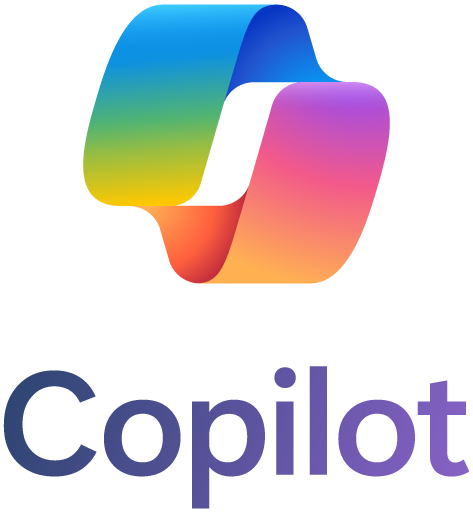Before find out what is Microsoft Azure Cloud Platform, let’s see what is Cloud? The idea of a cloud technology is based on the fact that all data that is necessary to the user (whether it’s applications, documents, hardware, or anything else) is available at all times, of course, assuming that an internet connection has been previously established. So, cloud in some way represents the service of delivering services instead of the product itself. Cloud at any moment provides the ability to access applications, data, data storage services, and does not require the user to know the physical location of the service system.
Cloud is already largely present in forms that many people use on a daily basis, such as e.g. numerous social networks, e-mail services or the so-called smart phones, etc.
Cloud is a service that offers unlimited amounts of all resources (hard disk, processor, memory, etc.) when user really needs it, to the extent that suits user needs and by controlling everything user do individually.
Since the user is not the owner of the infrastructure, he is not obliged to maintain it. He, in fact, pays for renting the service and those resources that he needs at a certain point in time. So, if he needs some business application, he rents it. There is no need to buy, no hardware changes, and any other activities that are implied here – in this case, only cloud service is required. The user pays only what he uses and how much he uses it. When the services that he used are no longer required, it simply ends with their use.
The basic components of Cloud technology or Cloud Computing are:
Software as a Service (SaaS)
It refers to software services in the cloud. SaaS means that the particular software / application you want to use is not installed in your location, but somewhere else on the cloud. It should be noted that SaaS is a general name for the software delivery model as a service and is not only used in cloud computing but can also be encountered in other technologies.
Infrastructure as a Service (IaaS)
It refers to the delivery of infrastructure as a service. More specifically, it is a virtual server that binds all relevant services such as processor power, memory, disk space, and more. This means that the user takes care of everything from the operating system, the application, the antivirus software, and the data itself.
Platform as a Service (PaaS)
This service involves the use of the operating system via the Internet without the need for downloading and installing. The user relies on a service provider in terms of everything relating to the platform, including possible extensions at a later stage, when needs grow. PaaS offers a variety of service combinations in a clutter to support all stages of the development cycle of the application, including the integrated development environment (IDE), source code control, version control, code tracking, interactive tests for multiple users, and more. PaaS solutions are development platforms in which development tools are located in cloud and accessed by web browsers.
Microsoft Azure Cloud Platform
The Microsoft Azure Cloud Platform is a cloud computing platform and infrastructure designed to develop, deploy, and manage applications and services through Microsoft’s global network of data storage centers.
Simply put, Azure is a Microsoft service that allows you to have your application in a clutter so you do not need to buy and maintain your servers. The problem with placing the applications on your own servers is that at the time of publication, it is likely that a small number of people are likely to use it, and you must have enough hardware in advance to satisfy growth over a specific period.
The basic problem of the companies in the IT or any other business, is the fixed costs that are created by the procurement of equipment, software and support for their proper functioning. However, a much more significant loss of money is reflected in poor equipment utilization. Analysts were trying to measure the percentage of utilization of the average computer and came to the startling fact that only 18 percent of its capabilities are being exploited.
For starters, you will have to allocate a serious amount of money to pay for hardware and software that will not be fully used and in time you will face the opposite problem – you will have more users than your hardware can support, which leads to new investments.
Microsoft Azure Cloud Platform allow users to rent services in a cloud, and practically get three products in one: hardware through virtualization, a software platform that allows the launch of applications and the application itself, which is executing the needed operations. The advantage of Microsoft Azure Cloud Platform is that it allows you to pay only for the resources that your application uses.
Microsoft Azure Cloud Platform provides the following options / modules:
- Virtual Machines – Provide Control over Complete Virtual Machines, including Operating Systems (IaaS)
- Websites – Provides a wide range of applications, frameworks and templates so you can create large and reliable web applications as well as a quick website presentation, with effective development and testing.
- Cloud services – are platform-as-a-service (PaaS) options configured to create reliable and stable applications, but with much more flexibility than web sites.
- Each Azure model has its role, and you can take advantage of technology separately or combine them to make the right base for your application.
How can ITAF help you regarding Microsoft Azure Cloud Platform?
ITAF support for Microsoft Azure helps you set up an environment in the right way, provide your organization with 24/7 operational management and / or increase business security by performing server and security patching.
Contact ITAF for professional support.














